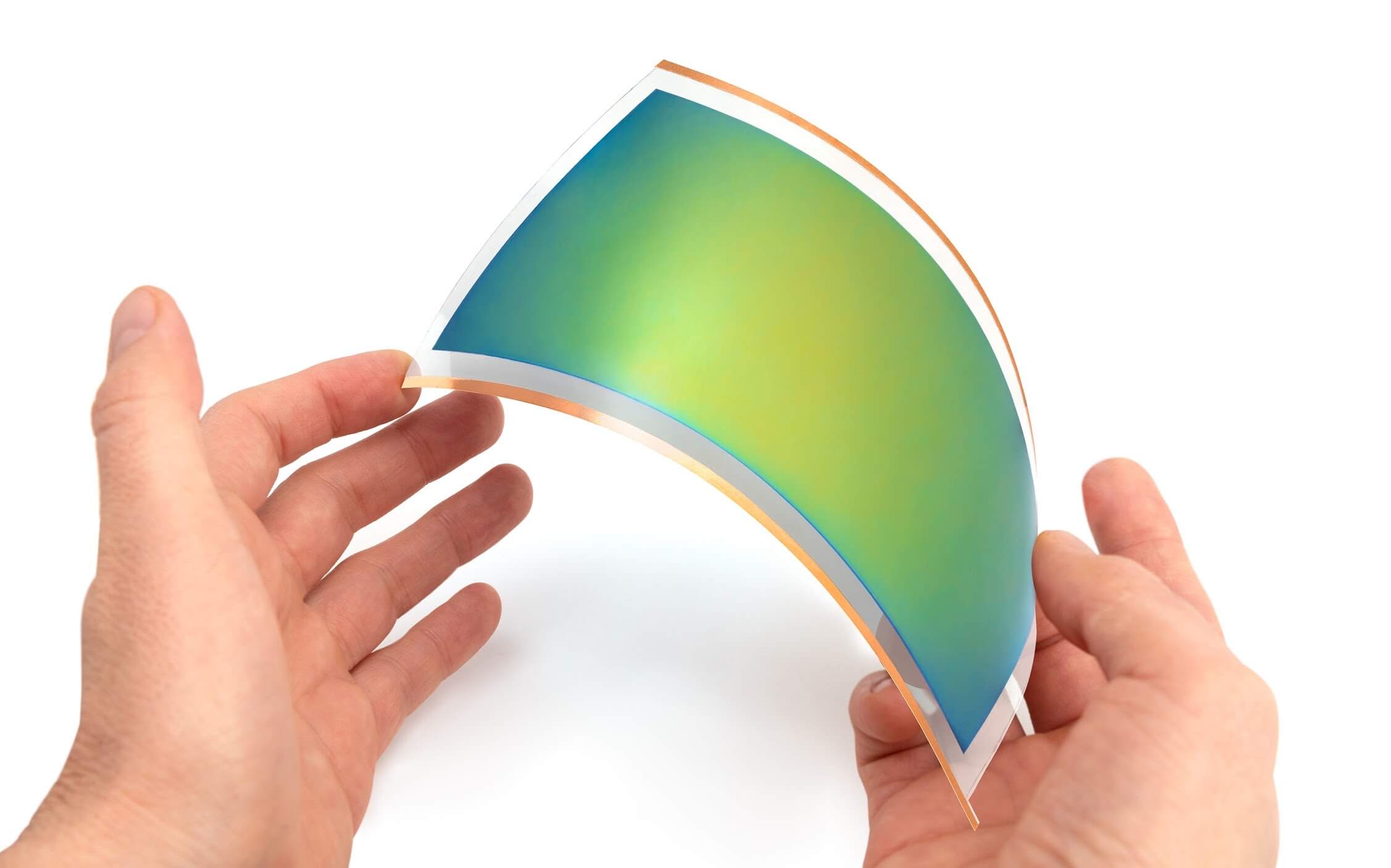
Chameleonix™ is a thin-film device that enables colour-changing surfaces, creating a revolutionary new way for users to customize their own product experience. Through Opalux’s patented tunable photonic crystal technology, Chameleonix™ can change to a wide range of bright, vivid colours within seconds.

Frequently Asked Questions
Appearance
Chameleonix™ can reflect any colour of the rainbow: from red to violet and anything in between.
Chameleonix™ can be designed to have a colourless state, where the reflected light is invisible (in the UV range). Combining this colourless state with a black or white background creates a black or white state.
Chameleonix™ reflects light from its environment, so, it naturally adapts to the amount of ambient light. This allows Chameleonix™ to be vibrant in bright environments, even in full sunlight where devices like LEDs would be washed-out. In darker environments, Chameleonix™ can be front- or back-lit to stand out.
Switching speed depends on device size. Smaller devices (2 x 2 cm) can change colour in 3 seconds or less, while larger devices (8 x 16 cm) can take closer to 15 seconds.
Product Integration
A Chameleonix™ device is less than 0.4mm thick, and will not add significant bulk to any product or device.
Yes, the Chameleonix™ system accommodates simple curves without any loss in performance. If you are interested in complex curves or shapes, please contact us to explore these possibilities.
The colour changing coating is encapsulated by two conductive substrates forming the device. These substrates can be made from either glass or plastic, both creating a protective layer that prevent the coating from being removed.
Power Requirements
Chameleonix™ requires less than 1.5V to achieve the full range of colours and is compatible with RFID and NFC.
The power consumption of Chameleonix™ is dependent on the size and how frequently the colour is changed, as the device only uses power to change the colour. An 8 x 16 cm sized Chameleonix™ device operates on 7 mW, if the colour is changed once every minute. In comparison, the small LED on the controller consumes 40 mW.


